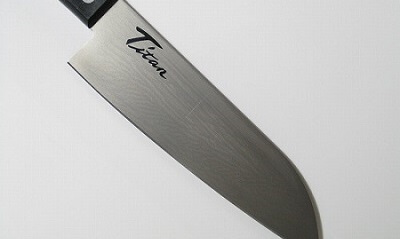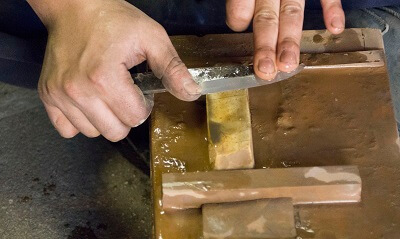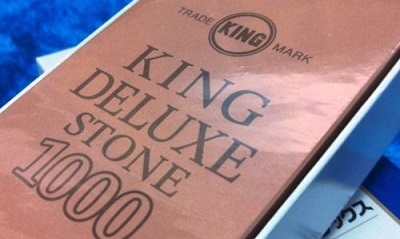Choose the Best Waterstone for You
Choosing Based on Materials of Your Knife
For Steel Knives
Harder Waterstones, like ceramic stones stones, are appropriate for steel knives.
Steel is a hard metal. To sharpen steel knives efficiently, waterstones should be hard as well. Although you can sharpen them with soft/normal watersones, it results in shaving waterstone surface at the same time, simply because knives are too hard for the stones.
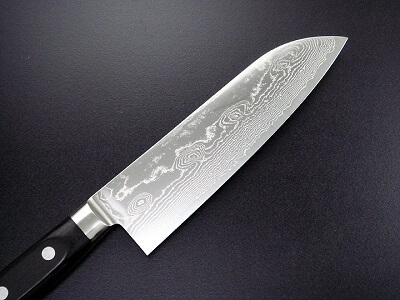
For Stainless Steel Knives
Harder Waterstones, like ceramic stones stones, are appropriate for steel knives.
Steel is a hard metal. To sharpen steel knives efficiently, waterstones should be hard as well. Although you can sharpen them with soft/normal watersones, it results in shaving waterstone surface at the same time, simply because knives are too hard for the stones.
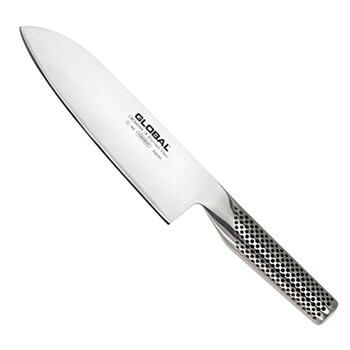
Choosing Grit from Your Purpose of Sharpening
Waterstones are grouped based on the size of grits (abrasive grains) as follows. Grit is shown by number like 1000. The smaller the grit number is, the higher sharpening ability of the waterstone becomes, and the harder the waterstone is.
| Type | Grit * | Purposes |
| Rough Stones | 100 – 600 | Chip in a blade / Grind much |
| Medium Stones | 800 – 1000 | Common uses |
| Finishing Stones | 1500 – 3000 | Prolonging sharpening effect |
- Rough stones are suitable to grind much for fixing chip in a blade or for sharpening dull knives. Rough stones are suitable to grind stainless steel knives.
These stones grind edge easily, but they make edge surface rough. So, you need to use medium grit waterstones after rough stones.
- Medium stones make rough edges smooth, so they should be used after sharpening with rough grit waterstones. In case you sharpen knives frequently, starting from medium grit waterstones may be enough.
- In addition, sharpening with finishing stones prevents blade from being rusty to some extent.If you want to keep cutting performance for longer time, you should use finishing stones after sharpening with medium stones. Finishing stones make cutting edge very smooth and sharp, therefore cutting performance lasts long.
In addition, sharpening with finishing stones prevents blade from being rusty to some extent.
Generally, the followings are basic grit for each type:
- For rough stones: grit 200-300
- For medium stones: grit 1000
- For finishing stones: grit 3000
For Very Hard Knives
For knives made of very hard materials such as ceramics and titanium, most of waterstones are NOT suitable. Because knife materials are too hard for ordinal stones.
There are waterstones such as diamond stones for sharpening those knives, but you should keep in mind that skills are also necessary for sharpening those knives.
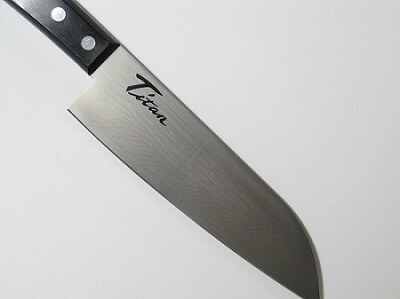
Our recommendation for first stone
For your fitst stone, Grit 1000 is the best choice!
You don’t need to get every type of stones. Medium grit waterstones are enough for most knives both of steels and stainless steels. Medium stones are also okay to fix small chip in a blade. Grit 1000 is the most commonly used one from amateurs to professional chefs.
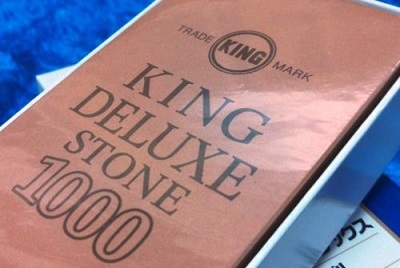
After you get a medium stone and sharpen your knife at least several times,
the next waterstone you should buy is a flattening stone,
neither rough stones nor finishing stones. Because surface of waterstones become dented as you use, you need to flat stones for effective sharpenings. (See this page about flattening stones)
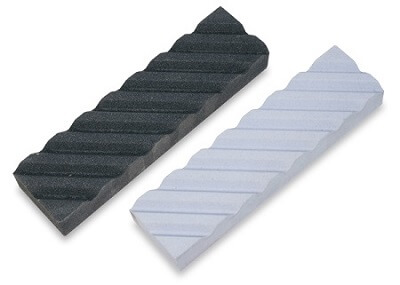
Then, you may want to get rough stone to sharpen knives more efficiently. Grit 200-300 is a good choice for this purpose.
OR
If you want to keep cutting performance for longer time, or you want to hope more beautiful finish of your knife, then you should get finishing stones. Grit 3000 is enough for these purposes.
Among finishing stones, there are waterstones of grit 8000 or higher. However, that kind of super-finishing stones are mainly for professional use, especially for chefs requiring super-smooth cutting surface of foods for sashimi, sushi or decoration cuts.
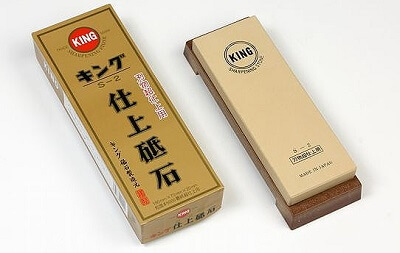
In Conclusion
- for your first stone, grit 1000 is the best choice.
- get a flattening stone before adding more waterstones.
- in case your knife hasn’t been sharpened for a long time, then get a rough stone of grit 200-300.
- finally, add a finishing stone of grit 3000 after you’ve sharpened at least several times and want to finish your knife more beautiful
Waterstones will last a lifetime for most people
Some may say it’s better to pay for foods than to pay that money for stones! However, waterstones will last a lifetime if you’re not chef or you don’t sharpen every day.
Do you feel it too much to keep your knife performance for a lifetime? Price for a basic waterstone is approximately $20-30 (USD).
Among all waterstones, KING series are one of the best, most balanced products. KINGs are basic, sharpen well, and have reasonable prices.
Go to “KING Waterstone Series” introduction page
Related Pages
CONTENTS
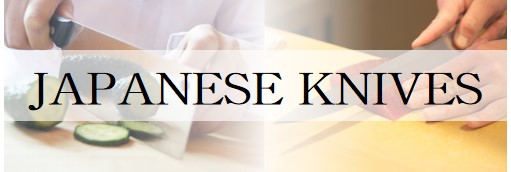
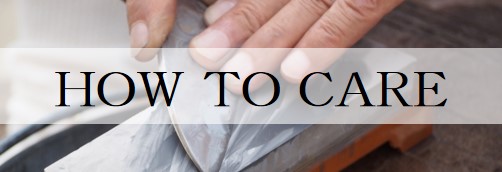
PRODUCT CATEGORIES
Santoku Knife

Gyuto Knife

Petit Knife

Deba Knife

Yanagiba Knife


